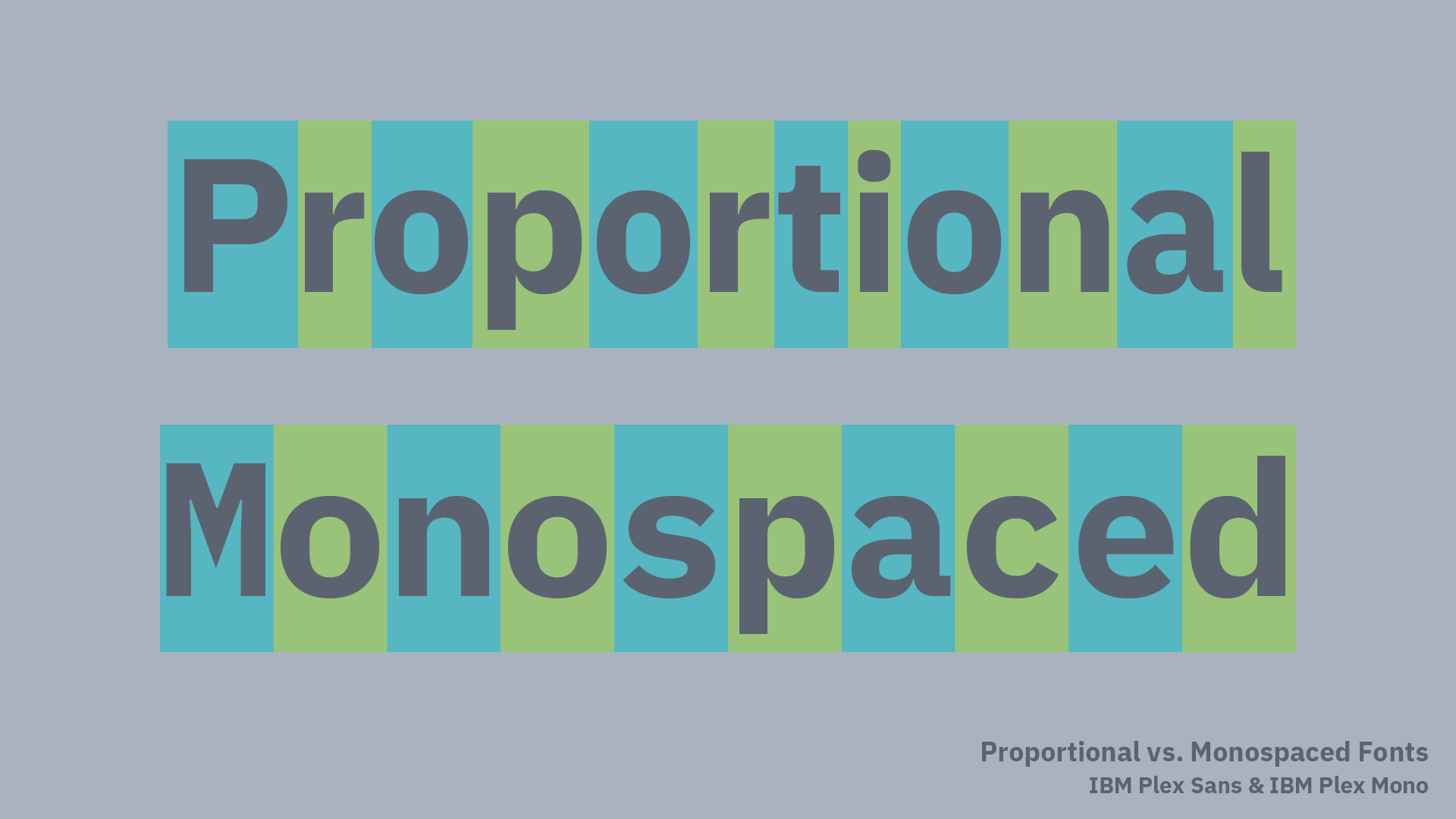the guide shall be written in such a way that all we have to do is produce the guide itself and then a computer can do the heavy lifting—where we might otherwise expect a separate, possibly GUI-driven, "app" to be created for the end user to interact with, we accomplish the same effect by making the guide very detailed—in part also an attempt to evoke the style and quality of old equipment operation and repair manuals that used to be available, when such manuals could be expected to include e.g. full schematics. If done correctly, this should be sufficient for the guide itself to be interpretable by a machine.
"comprehensive codebook"?

